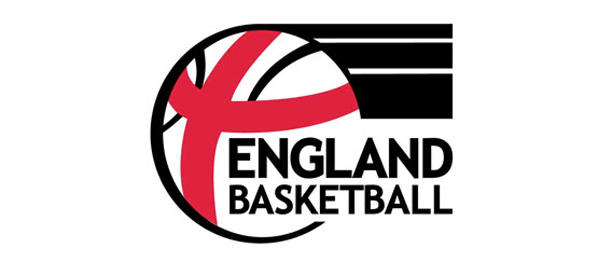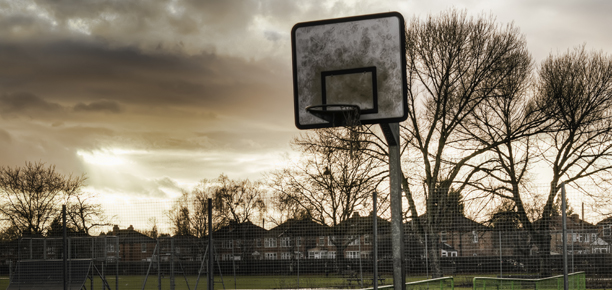Junior National League Needs Restructuring For England To Excel

Words by Roy Packham
English U18 (previously U19) national teams have never won a medal in the, European Championships in either the “senior” division or the B division. By contrast Yugoslavia (or Serbia / Croatia), Soviet Union, Italy, Spain, France, Greece, Lithuania, Bulgaria, Turkey, Slovenia, Latvia and Czechoslovakia have all won medals. If one looks at the FIBA rankings for Boys, of the 74 countries listed, England is not one of them.
I have always held the strong opinion that our players are not so far behind their European counterparts and, given the right conditions and opportunity, our national team(s) would easily be able to successfully compete. So why is it that England has been unable to consistently compete at an international level? It has a population that far exceeds many of the above countries, and most certainly has as many, if not more, very talented players. It is also far smaller than some of these countries, so geography and topology should not be a prohibiting factor.
It does not help when any young player with obvious potential has to go abroad to develop his/her talent.
To compete against top teams in Europe, players must first compete against top teams in their own country. To get the experience of playing the very best basketball a country can offer, teams must compete in a well structured and competitive league, and this I believe is the major weakness of English junior basketball. No league exists that, throughout the season, offers a strong and demanding schedule together with a highly competitive playing standard. If one looks at the results of both junior boys and junior girls, it will be seen how unbalanced and uncompetitive the league’s divisions are.
This season I know of one team who scored 168 points, another team that has won its last two games by more than 60 points, and a junior women’s team that won 104 points to 12!
This is not uncommon within the present league structure.
The men’s Under 18 league, as it presently exist has 102 teams competing in 10 separate divisions; 2 Premier divisions and 8 Conference divisions. In some divisions teams play each other twice, in other divisions three times. Teams can choose to enter either the Premier or Conference division. There is no standard promotion or relegation.
At the end of the season there is a Play-Off, consisting of 32 teams which then play on a knock-out basis to decide – arguably – the “top” team.
From the way this league is structured and organised a number of severe disadvantages emerge;
- The better teams are spread throughout the divisions, thus severely reducing the competitiveness of each division and therefore the league.
- Due to a lack of teams in some divisions, teams play each other three times. Besides giving a home advantage to one team, playing teams multiple times does not necessarily improve competitive standards
- Any team can enter any division, thus allowing a strong team to enter the Conference division, or a weaker team to enter the Premier division. If teams are able to choose which division they enter, then it is not possible to categorically say which division, or which team, is better than any other division or team. The fifth team in one division could be better than the second team (or even the first?) in another division.
- The rules allow no promotion or relegation thus immediately inhibiting any progressive competitive development. If a team knows it can not be promoted, or, conversely, relegated, then where is the incentive to improve?
- As mentioned above, some teams regularly win their games by 20 points or more and have no real competition throughout the whole season
In addition, a total of 102 teams compete in the League, but of these, 32 compete in the Play-Offs, almost one third the total number of teams. This highlights at least two disadvantages.
(a) To have one third of the total number of teams competing in the Play-Offs surely means that the overall competitive strength of the Play-Offs is weak.
(b) The season, for teams that do not make the Play-Offs, must come to an early end to allow the Play-Offs to take place.
This league structure is not conducive to any overall development and does nothing to encourage the improvement of member teams or the competitiveness of the league itself. The structure promotes mediocrity rather than what it should promote, meritocracy.
Of course, with this league structure, with all teams in divisions which reflect the area or region in which they play, travel is kept to a minimum, tending to reduce financial implications. The argument against this must surely be that if a country really wants to compete at an international level, and does not want its national team(s) to be consistently consigned to the dustbin of European competition, then it must ensure that club teams compete in a [national] league that offers the highest possible competitive level and demands maximum performance from its players throughout the entire season.
If travel and its associated financial cost are more important than the improvement and development of players, then the game has no chance whatsoever of developing. Financial implications should not be ignored, but a means must be found to minimise costs which should not be detrimental to the overall competitive development of the league itself.
It is the quality of the league and competition that is important, not the quantity of teams participating.
To ensure an ever improving competitive standard a league structure should:
- Ensure the best teams play each other on a regular basis thus helping to improve standards.
- Improve competition and make it more relevant and more rewarding to the players.
- Help attract and increase the number of juniors playing basketball (but not at the expense of quality)
- Improve the standard of playing and spectator facilities. (Many courts look like a London Underground tube map)
The organisers of such a league should try to:
- Rationalise the existing league structures to ensure items 1 to 4 above
- Deliver an improved support and organizational structure to the league
- Improve communication within the league.
- Ensure succession planning within the league
- Improve efficiency, competitiveness and the sustainability of the league.
- Target sponsorship and investment
Many European national leagues are structured in a pyramid (or ladder) fashion, with the very best teams competing in the top division with a system of promotion and relegation such that every team has the opportunity to eventually play in the highest (and best) division and to win that division.
In the past England had a truly junior national league with promotion and relegation from and to divisions, ensuring competitive standards were maintained. In the top division, the playing and competitive standard was without doubt the best in the country and nearly all the players of the national team came from this division. Due to travel involved, clubs had, quite simply, to make a choice; of playing the very best competitive basketball possible, or just playing for fun at a local level.
One suggestion for a present, truly national league, might be to have one top division of, say, 10 to 14 teams (too many teams would defeat the objective, but it must have sufficient teams to provide a season’s fixtures), with a second division and finally a third division, possibly divided into two regional pools. To divide the second division into two regional pools would not allow these “weaker” teams to have a sufficient competitive standard in which to develop. This would not be so much of a factor for those teams in the third division. (A competitive national league, offering a quality package might well obtain sponsorship)
For the national team to have any eventual chance of competing at an equal level to other European teams, it is absolutely essential to have a truly national league. There will be obstacles to structuring such a league and it may take time for it to properly evolve and develop, but without this re-structuring our national teams will always be second class citizens in European basketball.
Thoughts? Post a comment and lets get some discussion going…






Pingback: Packham: Perfect Practise Makes Perfect — Hoopsfix.com